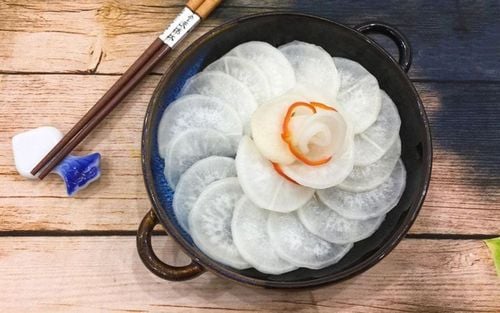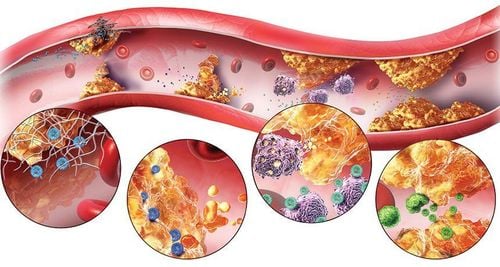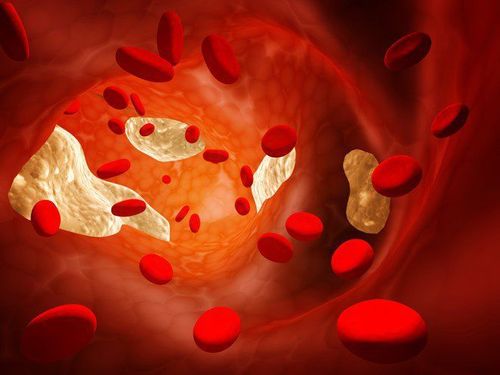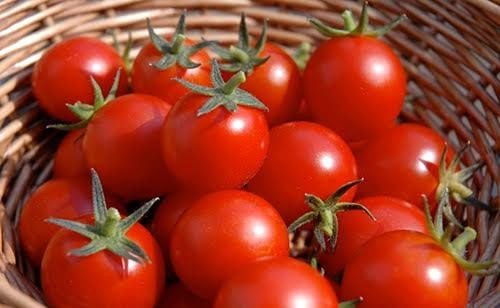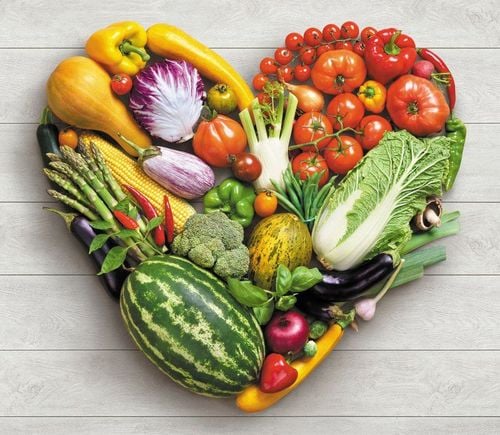This is an automatically translated article.
Summer is the time when we need to add a variety of fruits as well as fruit juices to keep good health and strengthen resistance in hot and sunny weather. Custard apple is a very easy fruit to find in the summer that is not only delicious but also very nutritious. Custard apple can be used as a daily fruit, healthy for sick people, or baby fruit.
1. Nutritional composition of custard apple
Custard apple is a delicious fruit belonging to the custard-apple family. The custard apple is a popular and attractive fruit with a delicious, creamy, sweet flesh when ripe. The custard apple is a clustered fruit, each carpel develops into a berry and all these fruits stick together to form a heart-shaped or spherical mass. The outside of the custard apple has a blue shape with many grooves.
Scientific name: Annona reticulata.
1 serving = 120g custard apple (1/2 medium) contains
Rich in vitamin C (38% of recommended daily amount per serving) Rich in magnesium (22% of recommended daily amount per serving) ) High vitamin B6 content (15% of the recommended daily intake per serving) Iron source (6% of the daily recommendation per serving) More detailed nutritional information in 100g of custard can be found here. Refer to the table below:
2. Health benefits of custard apple
Custard apple provides a higher number of calories than custard apple. 100g custard apple contains 101 calories, compared to 56 calories from the corresponding 100g custard apple. Sodium provides simple carbohydrates that contain no saturated fat or cholesterol.
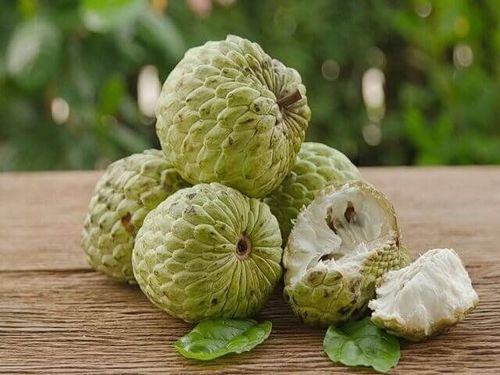
Qua na đem lại nhiều lợi ích sức khỏe cho người sử dụng
Like in other fruits of the custard-apple family, custards also contain some polyphenolic antioxidants. Among them, the most prominent is Annonaceous acetogenin. Acetogenin compounds such as asimicin and annonacin are potent cytotoxins. These compounds have been found to have anticancer, antimalarial and deworming properties.
Custard apple also contains more vitamin C (19.2 mg/100 g) than custard apple. Vitamin-C is a powerful natural antioxidant. Eating lots of fruits rich in vitamin-C helps the human body to develop resistance against infectious agents and remove harmful, inflammatory free radicals from the body.
Other health benefits of custards
High antioxidants May improve your mood May benefit eye health Can prevent high blood pressure Can promote digestion good May have anti-cancer properties May be anti-inflammatory May boost your immunity Undesirable effects of custard apple
Although custard apple offers numerous health benefits, it contains small amounts of toxic compounds. The custard apple, like some other fruits in the custard-apple family, contains annonacin, a toxin that can affect the brain and nervous system.
In fact, studies conducted in tropical areas have linked a high intake of custard-apple fruits to an increased risk of certain types of Parkinson's disease and several other nervous system-related diseases. People with these diseases should avoid eating na. All parts of the custard apple tree can contain annonacin, but it is most concentrated in the seeds and rind. To enjoy custards and limit annonacin intake, remove and discard the seeds and skins before eating. If you are particularly worried about annonacin or have Parkinson's disease or another nervous system condition, it's best not to eat custards.
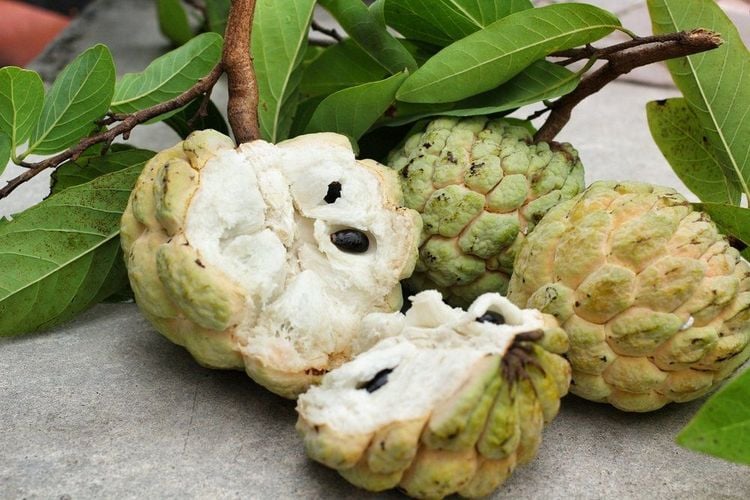
Quả cũng có những tác dụng phụ không mong muốn khi sử dụng
3. Selection and preservation
When buying custard apple, look for fresh, light yellow, compact, fully developed fruits with thick, intact stems. Fruit can be fully grown continuing to ripen at home at room temperature. If you want to buy ripe fruit, look for ones that have a soft, sweet aroma that can be smelled from afar. Avoid very soft, mushy, broken, cracked or split-skinned fruits as they may be unsafe.
When buying, you should arrange unripe fruits in a lovely basket, then keep them ripe for another 4-5 days. Ripe fruit should be eaten early to preserve the nutritional benefits. Custard apple, like other custards, should not be stored in the refrigerator for a long time because they are very susceptible to cold. However, if you juice or puree, you can keep it in the freezer for several weeks.
4. Processing
Custard apple does not require you to prepare elaborately. Simply wash the fruit to remove surface dirt. Wipe dry with a soft cloth. Fresh ripe fruit can be eaten without any addition of any seasoning. Gently pull the peel off the fruit to reveal the white cream inside. You can use a spoon to scoop out the custard apple and enjoy.
The seeds of the custard apple are not edible, so you need to remove them. Be especially careful if you feed your baby. The seeds of the custard apple and parts of the leaves contain toxic alkaloids, and therefore should not be eaten. Never chew the seeds inside your mouth as this helps to release toxins.
In case of accidental ingestion, whole na pods will not pose any danger as it is eliminated from the gastrointestinal tract, as they are indigestible and unlikely to be crushed in the gastrointestinal tract. Digestive.
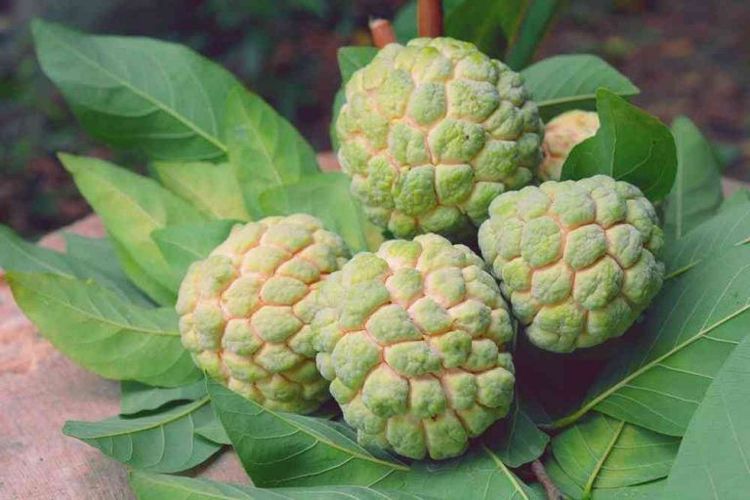
Ăn quả na đúng cách sẽ giúp giữ nguyên được các chất dinh dưỡng của na
5. Can a baby eat custard apple?
Since most fruits can be used in the weaning menu for babies over 6 months old, fruit can also be given to your baby after you introduce him to solid foods. The steps to prepare a snack from custards are very simple. Mothers just need to remove the peel and seeds, and crush them into small pieces to have a delicious fruit meal for the baby. The sweet and fragrant taste of custard apple will be a very attractive food for babies, especially those who are new to weaning.
Customers can directly go to Vinmec Health system nationwide to visit or contact the hotline here for support.
Articles refer to sources: halfyourplate.ca, nutrition-and-you.com, healthline.com




